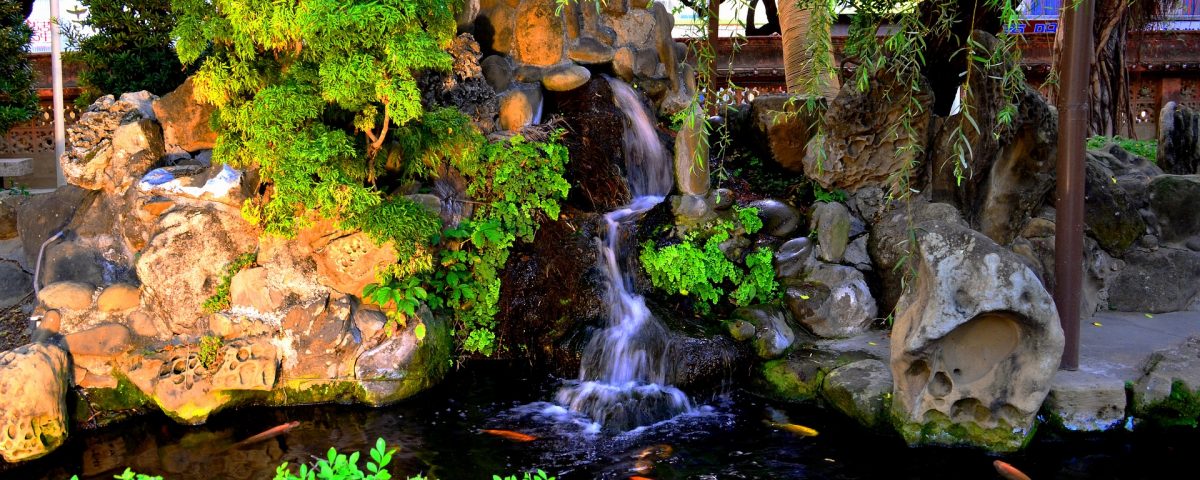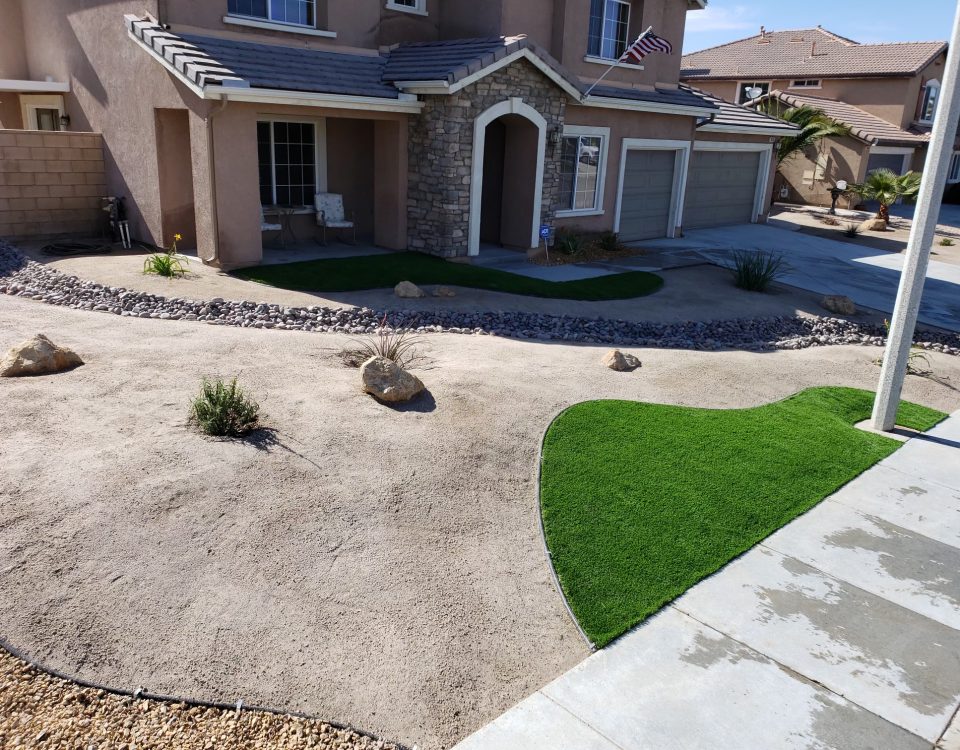- Environmentally Friendly Landscape Supply
- (661) 878-8886

Ways to incorporate sand in your playground design
June 5, 2021
Mantenimiento del paisaje
October 31, 2022Waterfalls are not complex to create, you only need the right combination of rocks and designing expertise. The two main considerations should be the designing and the materials used – and by materials we are referring to rocks, sand, plants, and animals if desired.
The designing should precede ‘rocks-hunting’.
Here is why. when you have the view you want in mind, you can easily estimate the quantity of rocks needed, their types, and sizes. You also minimize the chances of buying unnecessary materials. This guide discusses the most common rocks used to design an outdoor waterfall and how they are utilized.
Types of rocks used for a waterfall
Depending on your location, the type of rocks used may differ but there are specific rocks that are synonymous with waterfall construction. These are:
Granite
Granite is a combination of mica, feldspar, quartz, and other minerals. It’s an intrusive igneous rock formed during a volcanic eruption when magma crystallizes under the earth. Granite is mostly used to fence waterfalls or to design polished tops.
Landscapers prefer granite for waterfalls because it can be carved into desired shapes. It is also commendably durable and gives your waterfall an exotic finish. It’s available in large size rocks as well as pebble-sized ones. Its color variations include grey, pink, white, and black depending on the original rock that formed it.
Sandstone
When sand grains compact over a long period, they form sandstone. It is more common than granite, it’s easier to find and more affordable. Sandstone is classified under sedimentary rocks. Its main component is sand but it contains quartz and other minerals too.
Sandstone can be mined on land and under the sea. Just like granite, it has multiple color variations that include yellow, red, brown, and gray.
Slate
Slate is another commonly used rock in the construction of waterfalls. It’s a metamorphic rock formed mainly by clay minerals and micas. It also contains quartz and has calcite, feldspar, hematite, and pyrite in small quantities.
Slate is fine-grained and has a natural luster that doesn’t fade. It, therefore, makes a great rock for waterfalls construction. It can be used for flooring and roofing. Similar to granite and sandstone, the slate is commendably durable and flexible.
Decorative rocks for waterfall construction
After building the main structure, landscapers often use smaller rocks for beautification. They are essential for adding aesthetic value to the surrounding. Such rocks include:
River rocks: these are smooth average sizes rocks collected from the river. They are usually black, white, and grey. They make the waterfall fun to walk in.
Lava rock: commonly used on the edges, lava rocks are rough and have a porous surface. They have two main colors, red and grey.
Mexican Beach Pebbles: these are similar to river rocks only they are found in a variety of colors.
Red rocks: these are the kind of rocks you use in the garden around the waterfall. They add color to the design.
Boulders: you only need one or two of these large-sized boulders. They are the best for forming hills.
Marbles: Marbles are pearly-white small-sized pebbles usually placed around flower beds and along the edges. landscapers use these to give a fine finish to the waterfall. Marbles are often mixed with other decorative rocks such as pea gravel.
One last thing. Some stones are just for decorative purposes, others are meant to maintain the waterfall’s natural appearance. Others are meant for structural purposes such as creating fish caves.
You can have the best rocks but end up with a messy finish. Why? Rock’s arrangement. This is why you need a professional landscaper. They will help you create a layout customized with your space in mind plus the dimensions of the waterfall.


